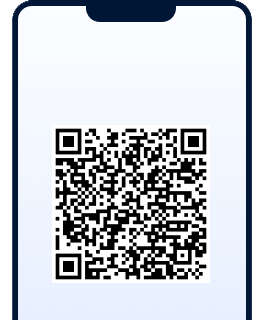 IST,
IST,
Foreign Exchange (Forex) Transactions
Disclaimer:
These FAQs are for general guidance purpose only. In case of any inconsistency(ies) between FAQs and FEMA, 1999 and Rules/Regulations/Directions/Permissions issued thereunder, the latter shall prevail.
Answer: Resident persons are permitted to undertake forex transactions only with authorised persons and for permitted purposes, in terms of the Foreign Exchange Management Act, 1999 (FEMA).
Resident persons undertaking forex transactions with unauthorised persons and for purposes other than those permitted under FEMA shall render themselves liable for penal action under the Act.
Only fresh FCNR (B) deposits mobilized in any of the permitted currencies after September 6, 2013 with a minimum three years maturity and having a lock in period of one year are permissible deposits under the swap window.
Banks are free to mobilise other types of permitted FCNR (B) deposits as specified in the RBI Master Circular on Interest Rates on FCNR (B) Deposits dated July 1, 2013 read with Circular DBOD.Dir.BC. 38/13.03.00/2013-14 dated August 14, 2013. However, such deposits will not qualify as eligible deposit for the purpose of swap with RBI. Banks are advised to maintain separate ledgers for FCNR (B) deposits mobilised under both the schemes along with proper audit trail of transactions.
Ans: The Indo-Nepal Remittance Facility (INRF, Scheme) is a cross-border remittance scheme to transfer funds from India to Nepal (one-way only), enabled under the NEFT ecosystem. The scheme was launched by the Reserve Bank of India (RBI) in May 2008 to provide a safe and cost-efficient avenue to migrant Nepalese workers in India to remit money back to their families in Nepal.
In August 2021, the Scheme was enhanced to boost the trade payments between the two countries, and to facilitate payments relating to retirement, pension, etc., to our ex-servicemen who have settled / relocated in Nepal.
Ans. An AD bank must record valid LEI for cross border transactions of INR 50 crore and more undertaken through it on or after October 01, 2022. Post this, the AD bank must report the valid LEI for all cross border transactions, irrespective of the value of the transactions. However, if the AD bank already has a valid LEI of the entity, it must report it for all transactions irrespective of whether the entity has undertaken a transaction of INR 50 crore or above through it.
Frequently Asked Questions on Partial Credit Guarantee offered by Government of India (GoI) to Public Sector Banks (PSBs) for purchasing high-rated pooled assets from financially sound Non-Banking Financial Companies (NBFCs) / Housing Finance Companies (HFCs) – vide its notification dated August 10, 2019
Pradhan Mantri Garib Kalyan Deposit Scheme (PMGKDS), 2016 is a scheme notified by the Government of India on December 16, 2016 which is applicable to every declarant under the Taxation and Investment Regime for Pradhan Mantri Garib Kalyan Yojana, 2016.
To encourage retail participation in the primary market for Government Securities, the facility of non-competitive bidding in Dated Government Securities and Treasury Bills auctions has been introduced. This will enable the investor to purchase a specified number of securities at the weighted average rate of the accepted competitive bids.
Response
All the existing ‘No-frills’ accounts opened pursuant to guidelines issued vide circular RPCD.RF.BC.54/07.38.01/2005-06 dated December 13, 2005 and RPCD.CO.No.RRB.BC.58/ 03.05.33(F) / 2005-06 dated December 27, 2005 and converted into BSBDA in compliance with the guidelines issued in circular RPCD.CO.RRB.RCB.BC.No.24/07.38.01/2012-13 dated August 22, 2012 as well as fresh accounts opened under the said circular should be treated as BSBDA. Accounts enjoying additional facilities under the reasonable pricing structure for value added services, exclusively for BSBDA customers should not be treated as BSBDAs.
These FAQs attempt to put in place the common queries that users have on the subject in easy to understand language. However, for conducting a transaction, the Foreign Exchange Management Act, 1999 (FEMA) and the Regulations made or directions issued thereunder may be referred to. The relevant principal regulations are the Foreign Exchange Management (Remittance of Assets) Regulations, 2016 issued vide Notification No. FEMA 13 (R)/2016-RB dated April 01, 2016. The directions issued are consolidated in the Master Direction No 13 on Remittance of Assets.
Answer: ‘Remittance of assets' means remittance outside India of funds representing
a deposit with a bank or a firm or a company of:
- provident fund balance
- superannuation benefits
- amount of claim or maturity proceeds of Insurance policy
- sale proceeds of shares, securities, immovable property or any other asset held in India
Page Last Updated on: December 11, 2022










